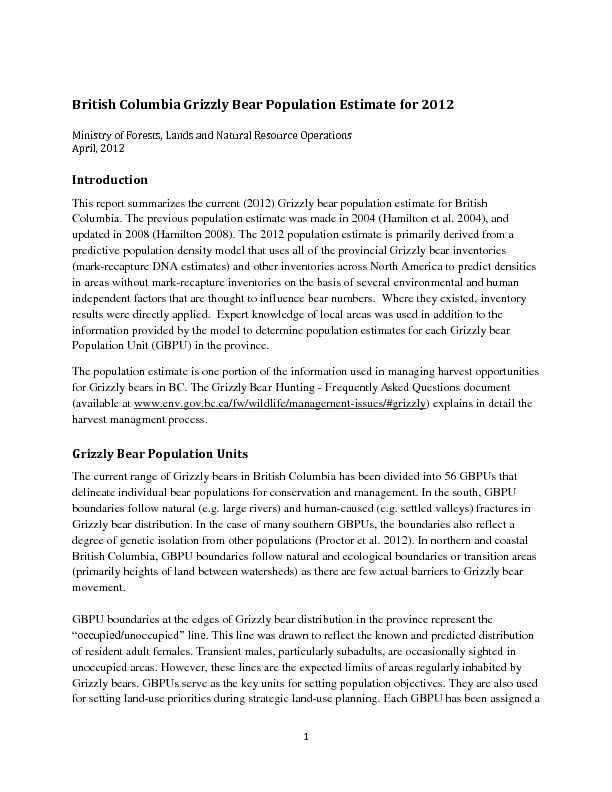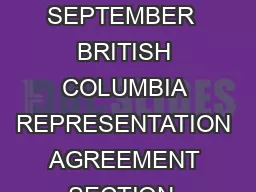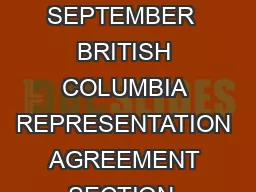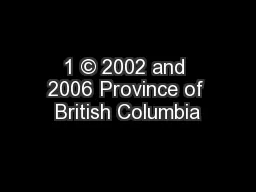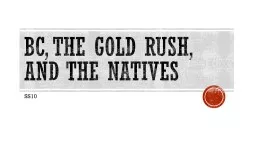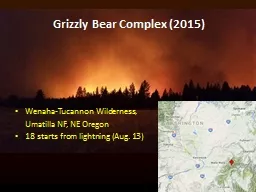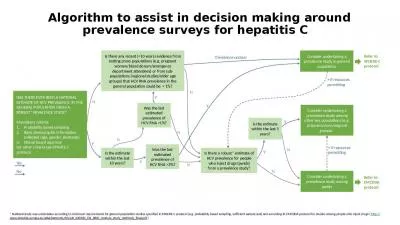PDF-British Columbia Grizzly Bear Population Estimate
Author : trish-goza | Published Date : 2016-04-20
1 for 2012 Ministry of Forests Lands and Natural Resource Operations April 2012 Introduction This report summarizes the current 2012 Grizzly b ear population estimate
Presentation Embed Code
Download Presentation
Download Presentation The PPT/PDF document "British Columbia Grizzly Bear Population..." is the property of its rightful owner. Permission is granted to download and print the materials on this website for personal, non-commercial use only, and to display it on your personal computer provided you do not modify the materials and that you retain all copyright notices contained in the materials. By downloading content from our website, you accept the terms of this agreement.
British Columbia Grizzly Bear Population Estimate: Transcript
Download Rules Of Document
"British Columbia Grizzly Bear Population Estimate"The content belongs to its owner. You may download and print it for personal use, without modification, and keep all copyright notices. By downloading, you agree to these terms.
Related Documents

